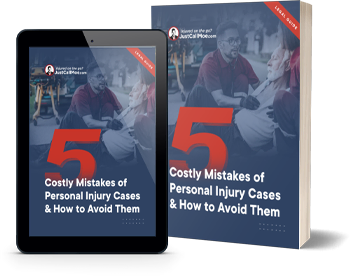A rear-end collision can result in severe damages and injuries. In Florida, the process of proving fault in such cases is crucial for securing compensation. This step-by-step guide will help you understand this process.
Step 1: Understanding Florida’s Presumption of Fault
In Florida, there’s a presumption that the rear driver in a rear-end collision is at fault. This presumption arises from the general traffic rule that drivers should maintain a safe distance from the vehicle in front.
Step 2: Gathering Evidence at the Accident Scene
Evidence is key to proving fault. Take photos of the accident scene, vehicle damages, and any visible injuries. Also, gather witness contact information and statements.
Step 3: The Role of Police Reports
A police report provides an impartial perspective of the accident and can be a valuable piece of evidence. Always call the police to the scene of a collision, and ensure you obtain a copy of their report.
Step 4: Seek Medical Attention
Seek immediate medical attention after the accident, even if you feel fine. This not only ensures your wellbeing but also provides medical records that can substantiate your claim.
Step 5: Consult a Florida Car Accident Attorney
A Florida car accident attorney can help you navigate the complexities of proving fault. They can assist with evidence gathering, negotiations with insurance companies, and if necessary, represent you in court.
Step 6: Overcoming Florida’s Presumption of Fault
The rear driver can rebut the presumption of fault by showing that the front driver was negligent – for instance, if they suddenly braked without reason, or their brake lights were not working.
Conclusion
Proving fault in a rear-end collision can be complex, but with a structured approach and professional legal guidance, it’s possible to build a strong case. If you’ve been involved in a rear-end collision in Florida, our experienced car accident attorneys are ready to assist you. Contact us today for a consultation.

 (866) 225-5663
(866) 225-5663




 100% Secure and Confidential
100% Secure and Confidential